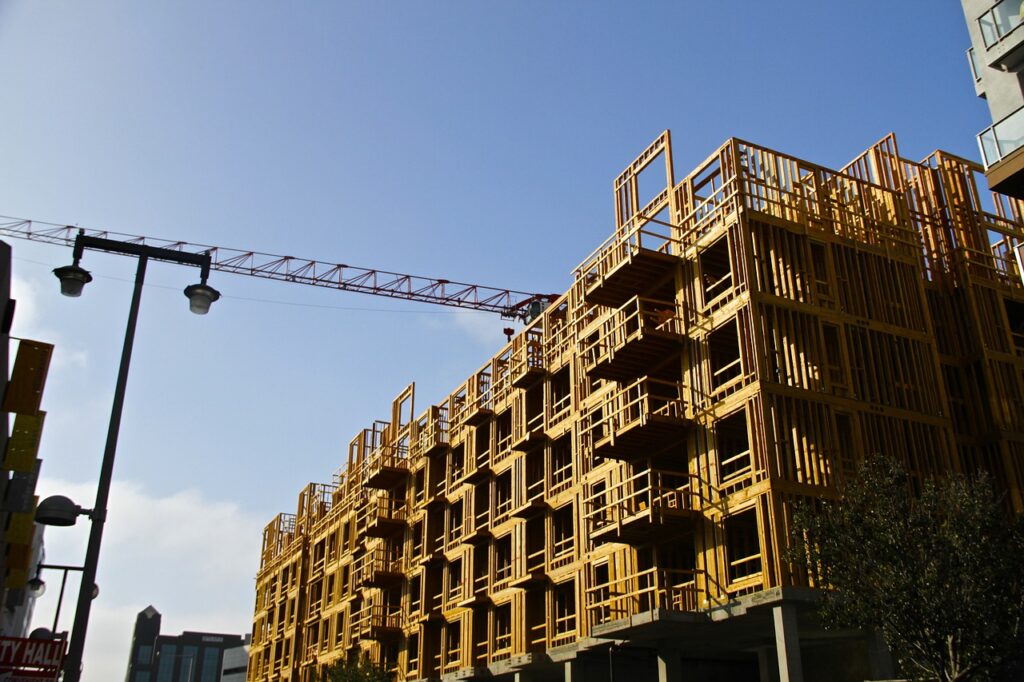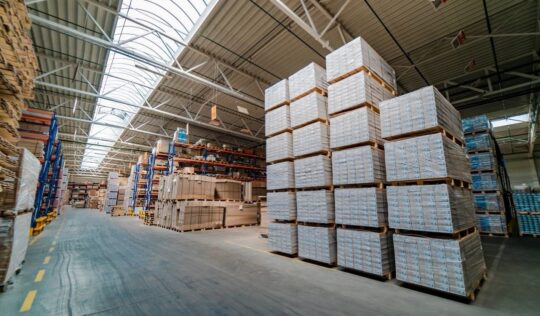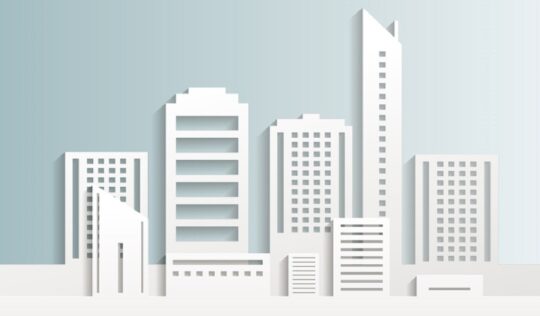According to building standards, a livable building must meet the building reliability requirements. Reliability consists of requirements for safety, health, convenience, and comfort.
All of these building requirements refer to the function of each building.
- Safety
This safety requirement is to measure the building’s ability to accept loads. The standard is a structure that is stable and sturdy up to maximum loading. The goal, when a collapse occurs, people who are in the building can still save themselves.
This requirement is to anticipate fire hazards, through passive and active protection systems. Also in preventing the appearance of lightning, through a lightning protection system.
- Health
Important things in the reliability requirements of this building are the circulation and air exchange. This means of air exchange must be provided with both natural ventilation and artificial ventilation.
In addition, there is also a need for an adequate lighting system, plus a sanitation system. Sanitation system must be available inside and outside the building.
The aim is to ensure the availability of clean water, disposal of dirty water, waste water, and garbage, as well as distribution of rainwater. In operation, this sanitation system is recommended to be harmless, easy, and does not disturb the environment.
- Convenience
This requirement refers to the ease of access to, from, and within the building, plus the completeness of facilities and infrastructure to optimize the use of the building. This convenience consists of the availability of facilities and accessibility that are easy and safe, as well as friendly for people with disabilities and the elderly.
- Comfortable
The comfort of space for movement is obtained through adequate dimensions of space with a layout according to function, thus providing flexibility to move in the room.
In addition, there is also a need for a comfortable relationship between spaces, which relates to the layout of the space and the circulation between spaces in the building.
Functional room design is the key to obtaining good circulation, thus supporting the creation of a comfortable pattern of occupant activity.
In this building’s reliability requirements, the comfort of indoor air conditions, which include temperature and humidity, viewing comfort, and vibration and noise levels that are still within tolerance limits, are also things that need to be considered. (*)





